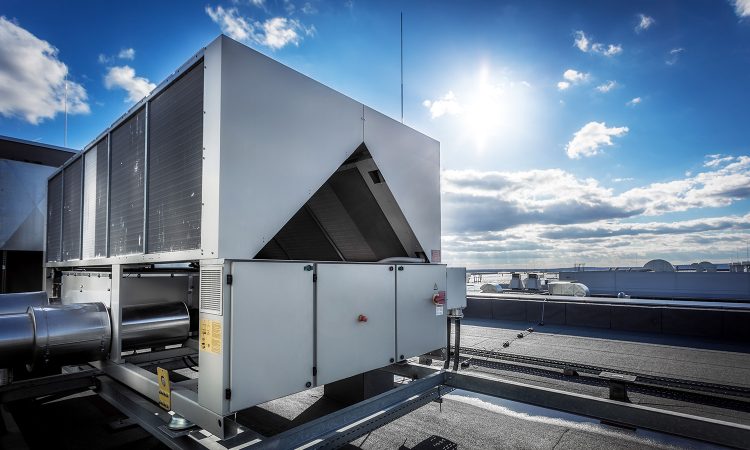
Performance, efficiency, and overall effectiveness of heating, ventilation, and air conditioning (HVAC) systems can be substantially influenced by the placement of critical components. One increasingly popular solution gaining traction among architects, engineers, and building owners is the utilisation of rooftop platforms for HVAC systems. These elevated solutions offer a myriad of benefits that contribute to enhanced functionality, improved maintenance accessibility, and optimised space utilisation.
- Maximising Space Efficiency
One of the primary advantages of an HVAC rooftop platform is the ability to maximise space efficiency. By moving HVAC equipment such as condensers, air handling units, and ductwork to the roof, valuable interior space within the building can be freed up for other purposes. This is especially beneficial in metropolises with high population density and property values that are high. Rooftop platforms enable building owners to utilise every square foot of available space efficiently, leading to more versatile and adaptable building designs.
- Enhanced Accessibility For Maintenance And Repairs
Accessibility for maintenance and repairs is another significant benefit offered by rooftop HVAC platforms. Placing HVAC equipment on the roof provides technicians with easy access to key components, reducing the time and labour required for routine maintenance tasks. This accessibility not only simplifies maintenance procedures but also facilitates prompt identification and resolution of potential issues, minimising downtime and disruption to building occupants. Additionally, the elevated positioning of rooftop platforms reduces the risk of damage or vandalism to HVAC equipment, enhancing overall system reliability and longevity.
- Improved Energy Efficiency
Efficiency is a crucial consideration in any HVAC system, and rooftop platforms offer several advantages in this regard. By positioning HVAC equipment on the roof, air intake and exhaust can be optimised to minimise heat gain and loss, improving overall system efficiency. Additionally, elevated platforms allow for the implementation of advanced ventilation strategies, such as natural ventilation and heat recovery systems, further enhancing energy efficiency and reducing operational costs. Moreover, the elevated positioning of rooftop platforms enables better airflow around HVAC equipment, reducing the need for auxiliary fans and optimising system performance.
- Noise Reduction And Aesthetics
Rooftop HVAC platforms can also contribute to a quieter and more aesthetically pleasing indoor environment. By relocating noisy HVAC equipment to the roof, noise levels within the building can be significantly reduced, creating a more comfortable and productive atmosphere for occupants. Additionally, the elevated positioning of rooftop platforms helps to conceal HVAC equipment from view, improving the visual aesthetics of the building’s exterior. This can be particularly advantageous for commercial properties seeking to maintain a professional and inviting appearance for clients and visitors.
- Environmental Sustainability
Rooftop HVAC platforms present notable benefits in relation to energy efficiency and environmental footprint, particularly in an era where environmental sustainability is gaining renewed attention. By optimising system performance and reducing energy consumption, rooftop platforms help minimise greenhouse gas emissions and lessen the building’s carbon footprint. Moreover, the strategic placement of rooftop platforms provides an opportunity to incorporate sustainable energy technologies, including wind turbines and solar panels, thereby augmenting the structure’s environmental friendliness. The adoption of rooftop HVAC platforms by building owners can yield two benefits: improved system performance and efficiency and a contribution towards a greener, more sustainable future.
Conclusion
In conclusion, HVAC rooftop platforms represent a compelling solution for optimising building performance, enhancing energy efficiency, and improving occupant comfort. By leveraging the benefits of elevated positioning, these platforms offer valuable advantages in terms of space efficiency, maintenance accessibility, energy efficiency, noise reduction, aesthetics, and environmental sustainability. With the growing emphasis on efficiency, comfort, and sustainability among building owners and designers, rooftop HVAC platforms are positioned to assume a more significant function in the forthcoming era of building design and construction.
